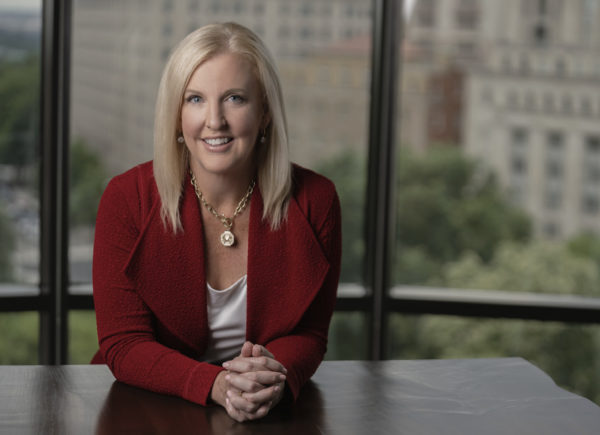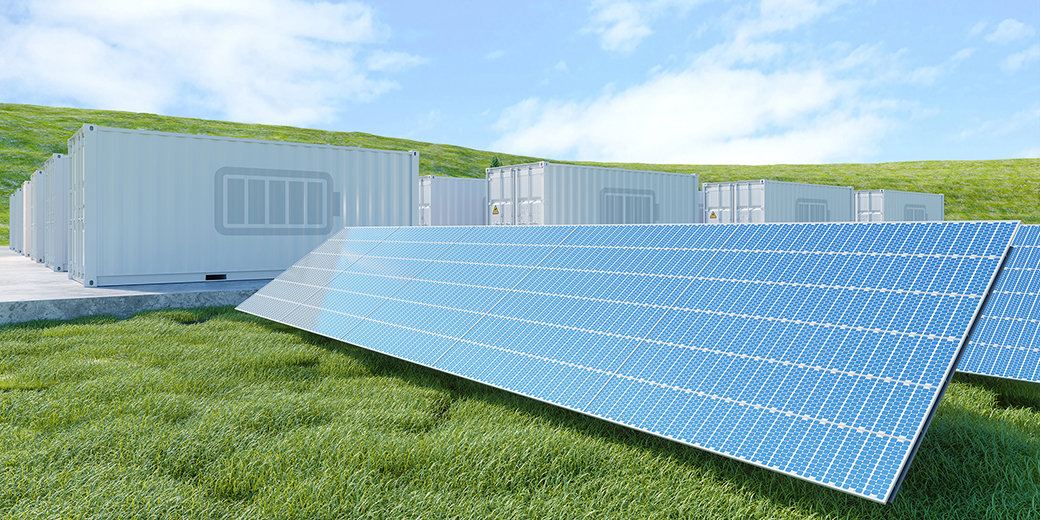For solar energy and energy storage, it is the best of times and the worst of times. Public opinion favoring solar is strong, the number of jobs is growing, and more households are choosing to go solar than ever before. Solar has earned its place as an integral part of the US electricity mix now and for decades to come.
At the same time, it has been a challenging year for the industry with political headwinds and a number of blows from clean energy opponents. These events did not materialize in a vacuum but are the result of global instability and a much broader debate about energy in America.
Even compared to the 1970s crisis when oil prices quadrupled, the sheer quantity and complexity of challenges at hand – rising prices, an aging grid, widespread economic inequalities, and the pressing threat of climate change – makes this a history-book moment.
Thankfully, unlike in crises of the past, today the solution is clear and attainable: rapid clean energy deployment. Investing in the clean energy economy will stabilize energy costs and build a more secure and resilient energy system that’s capable of cutting emissions and creating jobs in every community. The vast majority of Americans recognize the tremendous economic and environmental benefits of solar energy, but we can’t simply wish for a clean energy future.
Strategy, stability
To meet the challenges ahead and fully realize the promise of an equitable clean energy transition, we must rally around a long-term strategy. The objective is to meet the goals of the Solar+ Decade, where solar and storage will comprise 30% of US electricity generation by 2030. Three broad ambitions can guide the path forward: securing trade and supply chain certainty, fostering a stable policy environment, and removing barriers to sustainable and equitable growth.
Anyone working in solar today knows all too well the need for predictable and transparent trade policy. When the Department of Commerce initiated an anti-circumvention investigation on solar products from Southeast Asia this spring, it sent shock waves through the industry and put 100,000 jobs at risk.
The solar industry stepped up and successfully made its case to the Biden administration, resulting in executive action to pause circumvention tariffs for two years. Without President Biden’s declaration, the case could have singlehandedly derailed any chance of achieving the Solar+ Decade goals.
The Solar Energy Industries Association (SEIA) is working with its members to ensure that unfair petitions cannot pose a threat of this magnitude again and to advocate for policies that will build a robust United States’ solar supply chain. This would reduce trade vulnerabilities and create thousands of American manufacturing jobs in the process.
SEIA continues to advocate for bold federal clean energy policy. While more and more states are rising to the task and advancing pro-solar legislation, accomplishing a task as herculean as rewiring the country’s energy system requires long-term policy certainty on a national level. The stop-and-start nature of negotiations in Congress over the last 18 months underscores how critical it is for clean energy businesses to strengthen relationships with elected officials and educate them about the commonsense policies that will supercharge the clean energy economy.
Sustainability matters
Finally, with rapid growth comes great responsibility. As the market scales up, the solar industry needs to proactively address and lead on sustainability and equity issues. We know that concerns like land use and recycling are already on the public’s mind and will only become more pressing as time goes on.
In May, SEIA launched the Solar and Storage Industries Institute (SI2), a new education and charitable organization that will inform SEIA’s advocacy to ensure responsible growth and continue earning public trust as solar becomes more prominent in Americans’ lives.
SEIA is also working to integrate diversity, equity, inclusion, and justice considerations into all of its work. To decarbonize our electric grid, the solar workforce will need more than 1 million workers by 2035, which provides an opportunity to build a vastly more inclusive and diverse clean energy economy. People of color are bearing the brunt of the climate crisis and our industry must center equity in all our work.
The stakes have never been higher as we gather as an entire industry for the first time since 2019: We must take this opportunity to connect with the solar community and rally around our long-term objectives.
We cannot get distracted or bogged down by the obstacles of the past year. We must rally around the goals of the Solar+ Decade to resolve our nation’s energy and climate crisis. We know solar and storage is the solution, and that the American people are with us — now let’s deliver on the promise of clean energy and get this done. 
About the author

Abigail Ross Hopper is the president and CEO of the Solar Energy Industries Association (SEIA). She oversees all of SEIA’s activities, including government affairs, research, communications, and industry leadership, and is focused on creating a marketplace where solar will constitute a significant percentage of America’s energy generation. Before joining SEIA, she was the director of the Department of Interior’s Bureau of Ocean Energy Management. She led the agency, which oversees the leasing and development of all offshore energy, from oil and natural gas to offshore wind.
The views and opinions expressed in this article are the author’s own, and do not necessarily reflect those held by pv magazine.
This content is protected by copyright and may not be reused. If you want to cooperate with us and would like to reuse some of our content, please contact: editors@pv-magazine.com.








“The vast majority of Americans recognize the tremendous economic and environmental benefits of solar energy, but we can’t simply wish for a clean energy future.”
The above is the same old LIE that THE POLLUTERS .. Fossil, Nuclear Industry etc.. has been harping on for decades.. but ignored the REALITY ..
The USA can generate ALL THE ENERGY (180,000 TWhrs/yr by 2050) FOR THE WORLD ON JUST 25% OF ITS 4 MILLION KM2 OF FARMLAND.. OR JUST 2.5% TO MEET THE ENERGY NEEDS OF THE USA..
BY UTILIZING UHES.. THE USA CAN PROVIDE 24HRS/DAY NON-POLLUTING SOLAR ENERGY ….
As Obama would have said … YES .. YOU CAN DO IT IF YOU WANT…!!